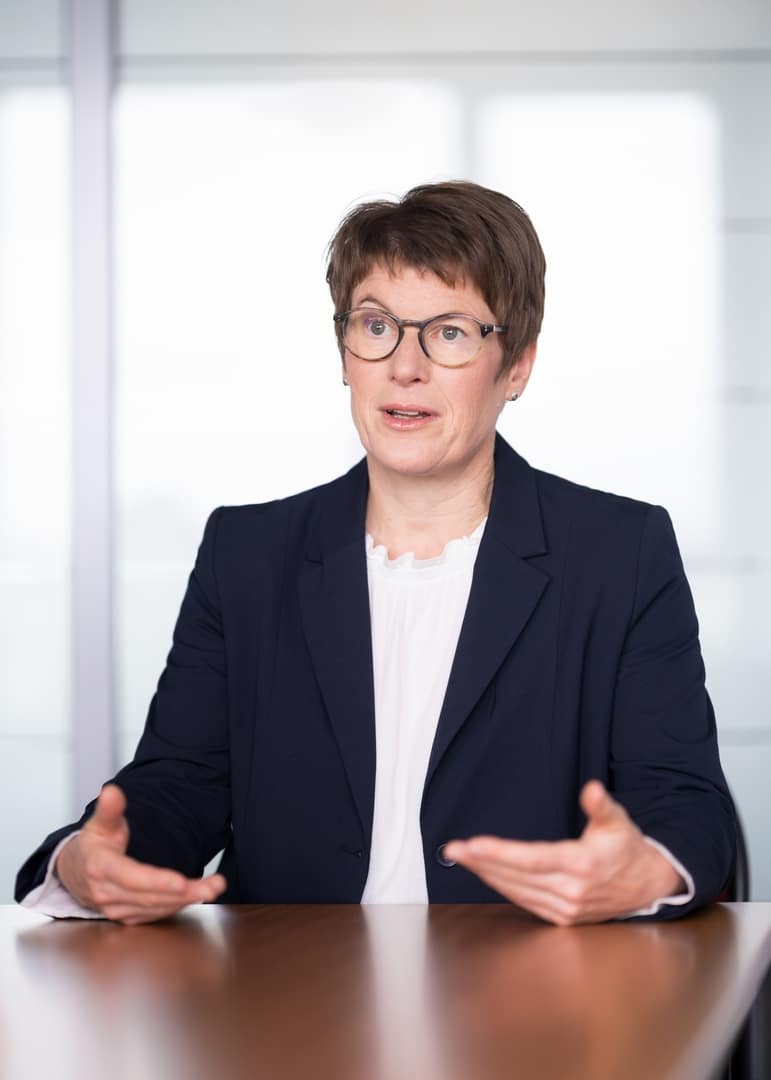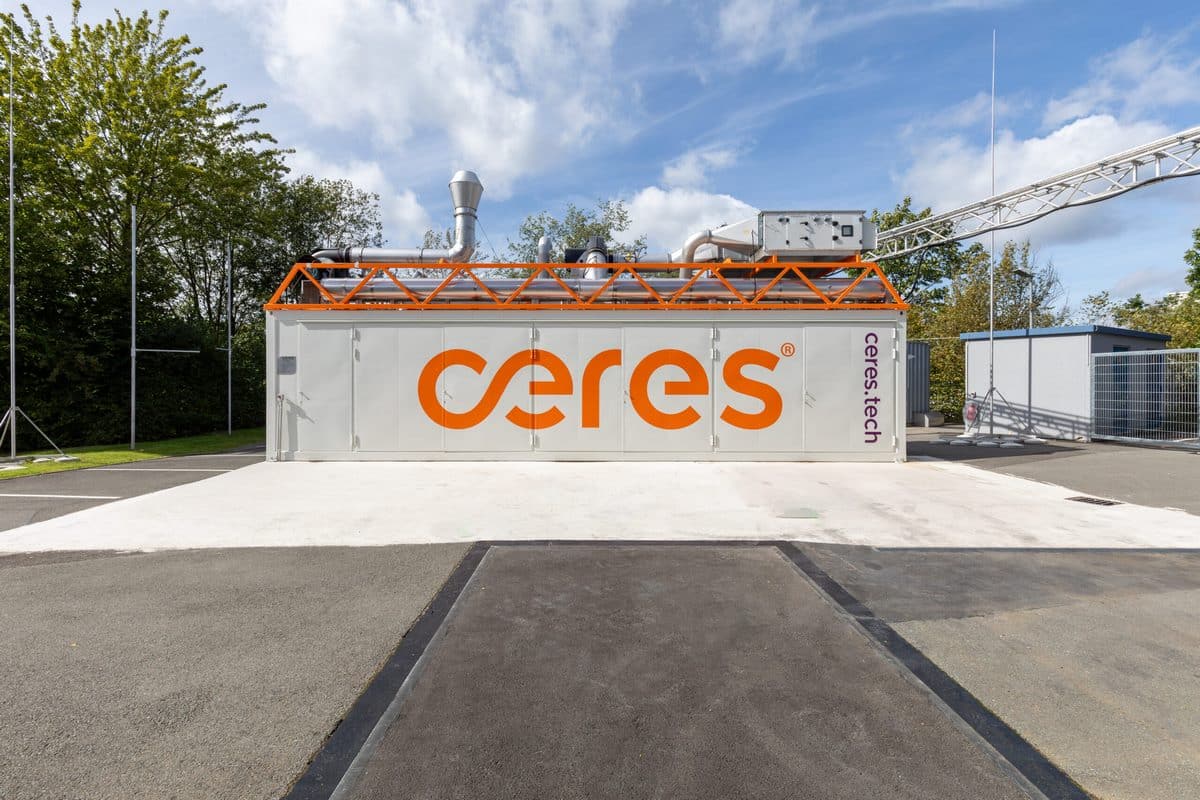Following a three-year break, the National Organization Hydrogen and Fuel Cell Technology held another NIP General Assembly between Dec. 5 and 6 last year. About 400 people came to Berlin to catch up on the latest developments regarding the National Innovation Program Hydrogen and Fuel Cell Technology, also known as NIP 2, or provide others with information about the same. The highlight of the event was the announcement of a new regional funding opportunity.
Steffen Bilger, who works at Germany’s federal transportation ministry, was only present on the second day of the meeting but offered the most fodder for debate. He presented a new strategy to support the establishment of regional hydrogen clusters. More precisely, the aim was to integrate hydrogen as an energy carrier into local energy systems, especially in transportation.
Bilger said, “Support will be provided for heightening awareness of the technology and helping projects to take off, for creating integrated energy concepts and in-depth analyses, and for purchasing equipment to turn ideas into reality.” Those interested in one of three new programs created by the government could submit requests to the National Organization Hydrogen and Fuel Cell Technology, or NOW for short. However, the only program accepting applications at present is HyStarter, which offers stakeholders advice on technical and organizational matters and two years of support to flesh out ideas. Every region in Germany can apply for HyStarter: There are no specific requirements that have to be met.
This spring will then see the launch of two more programs, which will rely on a panel of experts to rate projects and award grants. One of them is HyExperts, which specifically targets regions that have already identified their potential or have had experience in managing hydrogen or fuel cell endeavors. The grant total for this program will be EUR 1 million. By contrast, HyPerformer will have a budget of EUR 20 million to award money to clusters that are implementing preexisting plans.
Lack of strategy
At the beginning of the meeting, the chief executive of NOW, Klaus Bonhoff, spoke about the achievements of NIP 2 in its first years in operation. He concluded that “all of us together succeeded in building up an industry.” He said that “we really don’t have to play down our accomplishments.” Still, he cautioned that “we are without an actual strategy for hydrogen, even though we need one, and fast.” He went on to mention countries such as Japan, which intended to make hydrogen a crucial part of its G20 presidency. To keep up, he called for a yearly 3 percent increase in the registration numbers of zero-emission vehicles. Implementing his idea would result in every fourth vehicle being powered by renewables in 2025 and every second in 2030, he said.
Afterward, the representatives from the three federal ministries involved in energy policy took the floor. What came as a bit of a surprise was that no high-level staff members seemed to have been sent to the meeting. For Wolfgang Langen, who works in the economy ministry’s energy research department, it was one of few times he had ever stood before the hydrogen and fuel cell community. Langen succeeded Georg Menzen, who, after many years of serving in the ministry and as the chairman of the NOW advisory board, had gone into retirement.



























0 Comments